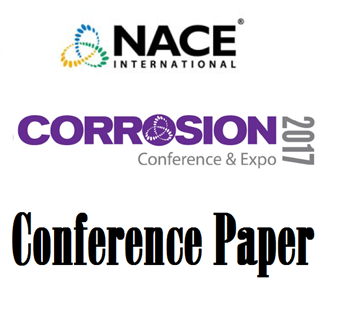Search
Products tagged with 'chlorination'
View as
Sort by
Display
per page
Crevice Corrosion Performance of High Grade Stainless Steels and Ni-Based Alloys in Natural And Treated Seawater
Product Number:
51316-7196-SG
ISBN:
7196 2016 CP
Publication Date:
2016
$20.00
Localized Corrosion of High-Grade Stainless Steels in Chlorinated Seawater
Product Number:
51323-18911-SG
Publication Date:
2023
$20.00
UNS N08935- A New Alloy For Seawater Applications
Product Number:
51321-16573-SG
Publication Date:
2021
$20.00
UNS S32707 Combined to UNS S31266; An Alternative to Titanium for Seawater-Cooled Heat Exchangers
Product Number:
51317--9421-SG
ISBN:
9421 2017 CP
Publication Date:
2017
$20.00




